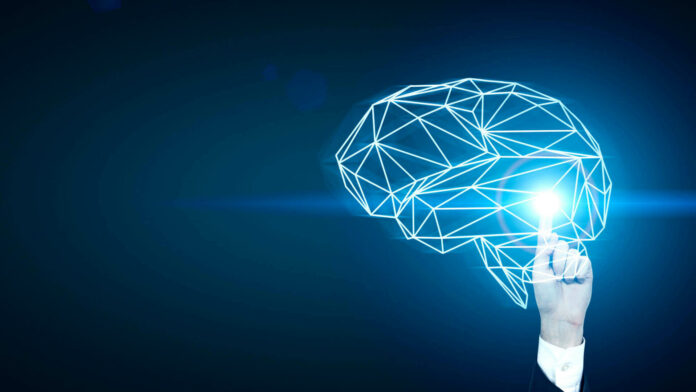Machine learning is one of the most influential disruptive technologies of today’s era. Its application such as diagnosis of skin disease, detection of faults in credit lending system, recommendation on streaming of channels and gaming, machine learning has become omnipresent but there is the much darker side of the technology such as fooling the existing algorithms of neural network by putting a small amount of noise into the original data and after many iterations, the same model produces wrong output, since after adding noise the model has higher chances of the wrong prediction. To avoid these wrong output the researcher are working on the neural technology such as Generative Adversarial Network ( GANs).
Generative Adversarial Network (GANs)
The GANs were elucidated by Ian Goodfellow and co-authors in the article Generative Adversarial Nets in 2014 and Yann LECun Facebook director of AI research in 2014 mention that in ten years GANs was the most interesting ideas. GANs aim to learn from the set of training data and produce new data with the same features like the training data. It is generally made of two network models such as a generator and a discriminator. The main function of these is to compete with each other and analyze, capture and copy the variations within the dataset, such as the generator is trained to produce understandable fake data from a random source, while the discriminator is trained to differentiate the generator simulated data from the real data and vice versa happens with the same process. GANs consist of multiple discriminator and generator in some cases such as MD-GAN (Multiple Discriminator Generative Adversarial Network), SGAN (Semi-Supervised Adversarial Network), etc.
Applications :
- In case when training data is insufficient or collecting it is too costly, then synthetic training data for machine learning models are generated.
- Human faces are generated such as in 2D and 3D, realistic photography, anime character, and music.
- Used in translations like text-to-image, image-to-image, etc.
- Photography editing by denoising images and increasing existing image data by super resolutions.
- When an adversarial attack is done by hackers to seek information identification is done to detect the fraud.
- Tumor detection is done in human bodies by comparing the images with the data set of healthy organs.
- Finding the criminals that have undergone surgeries to change their appearance.
- Next frame prediction and videos.
- Human photography conversion to emojis or by applying filters of Instagram etc.
- Image or audio style transfers creation.
- Used in drug discovery by generating the molecular structure of medicines and comparing it with the existing database to find the new compounds that can treat the new diseases.
While the promotion of GANs looks a little exaggerated but the field promises numerous applications and yet untapped potential. With further development, it can create numerous advantages.

